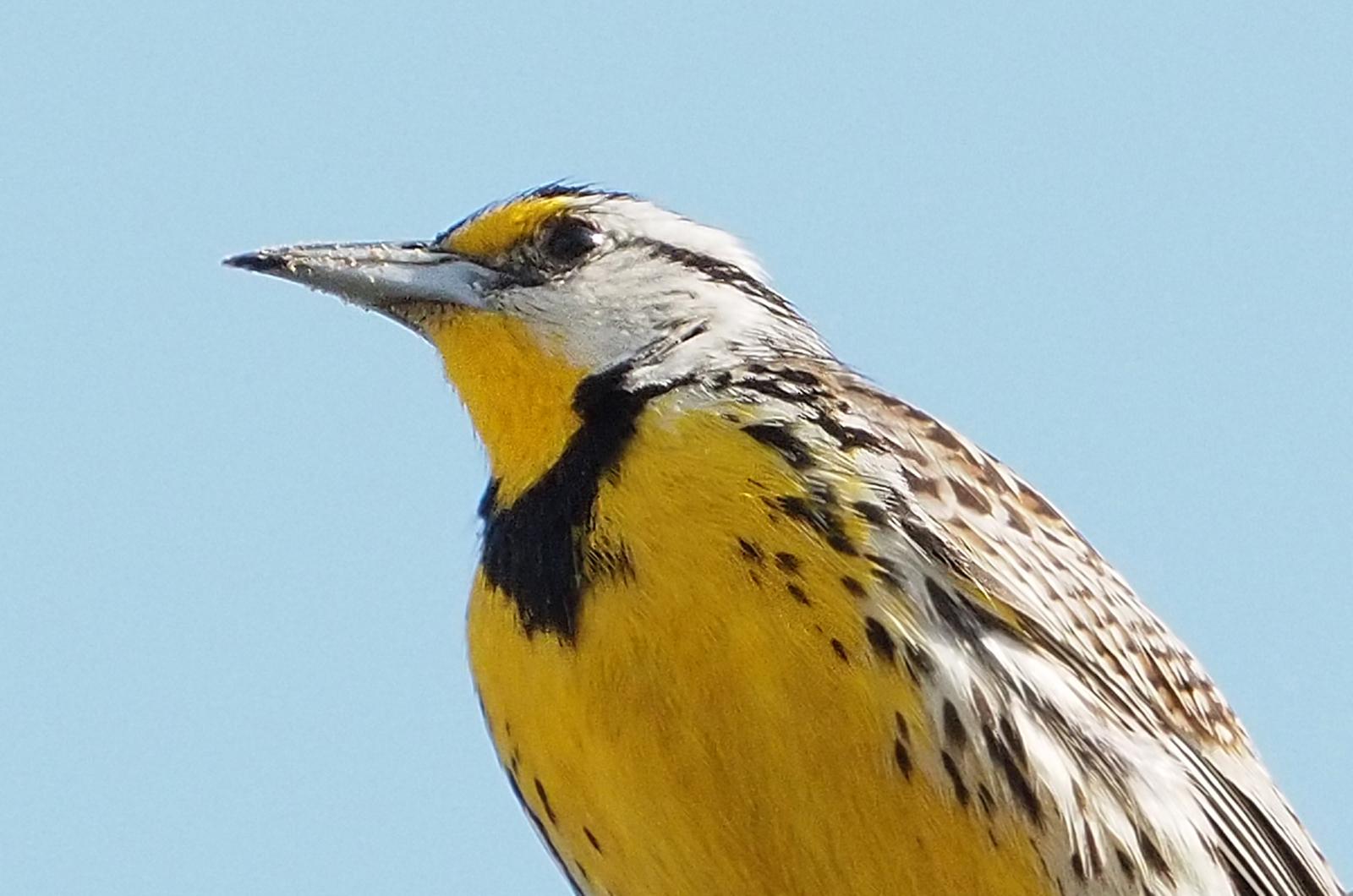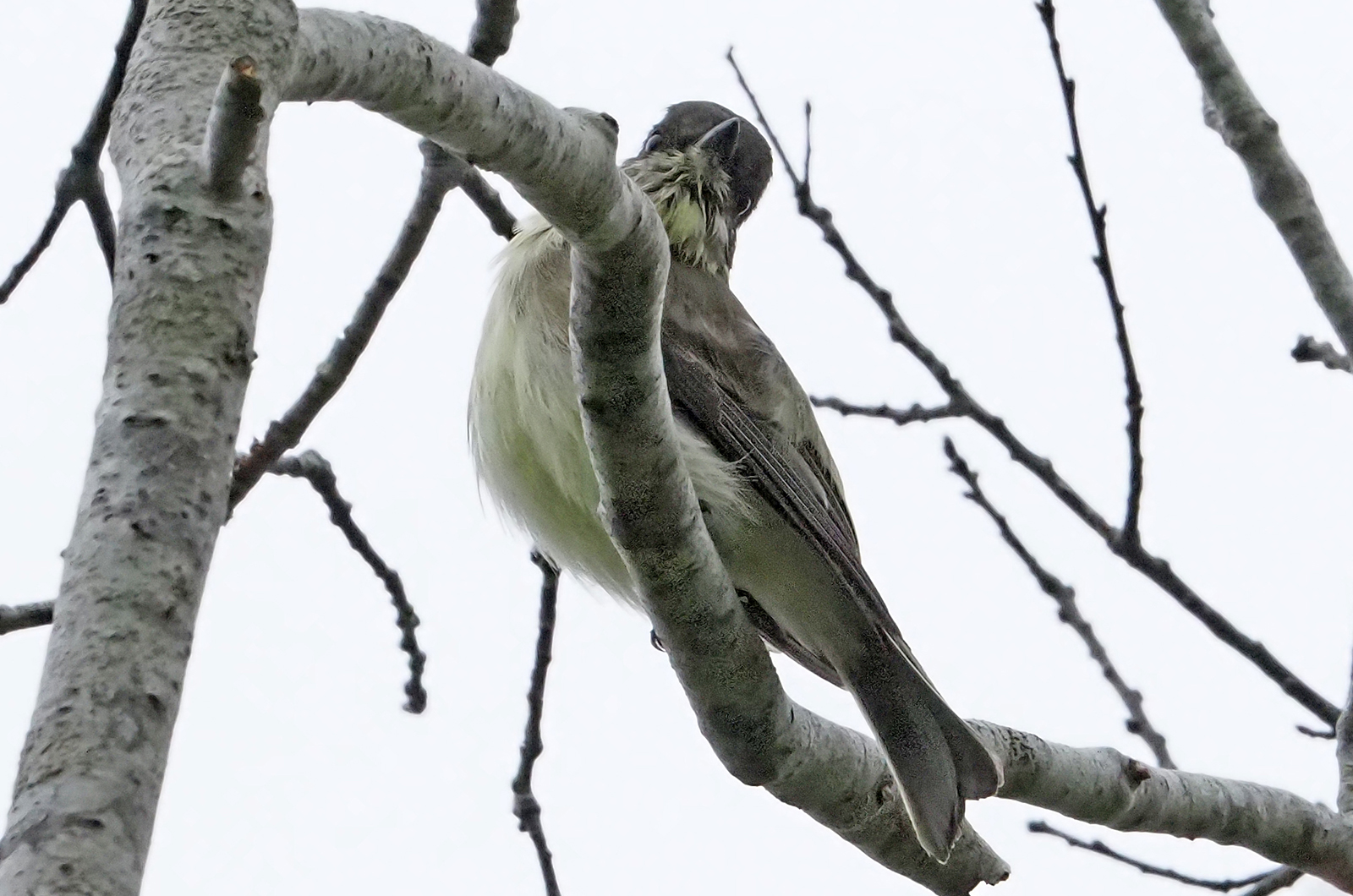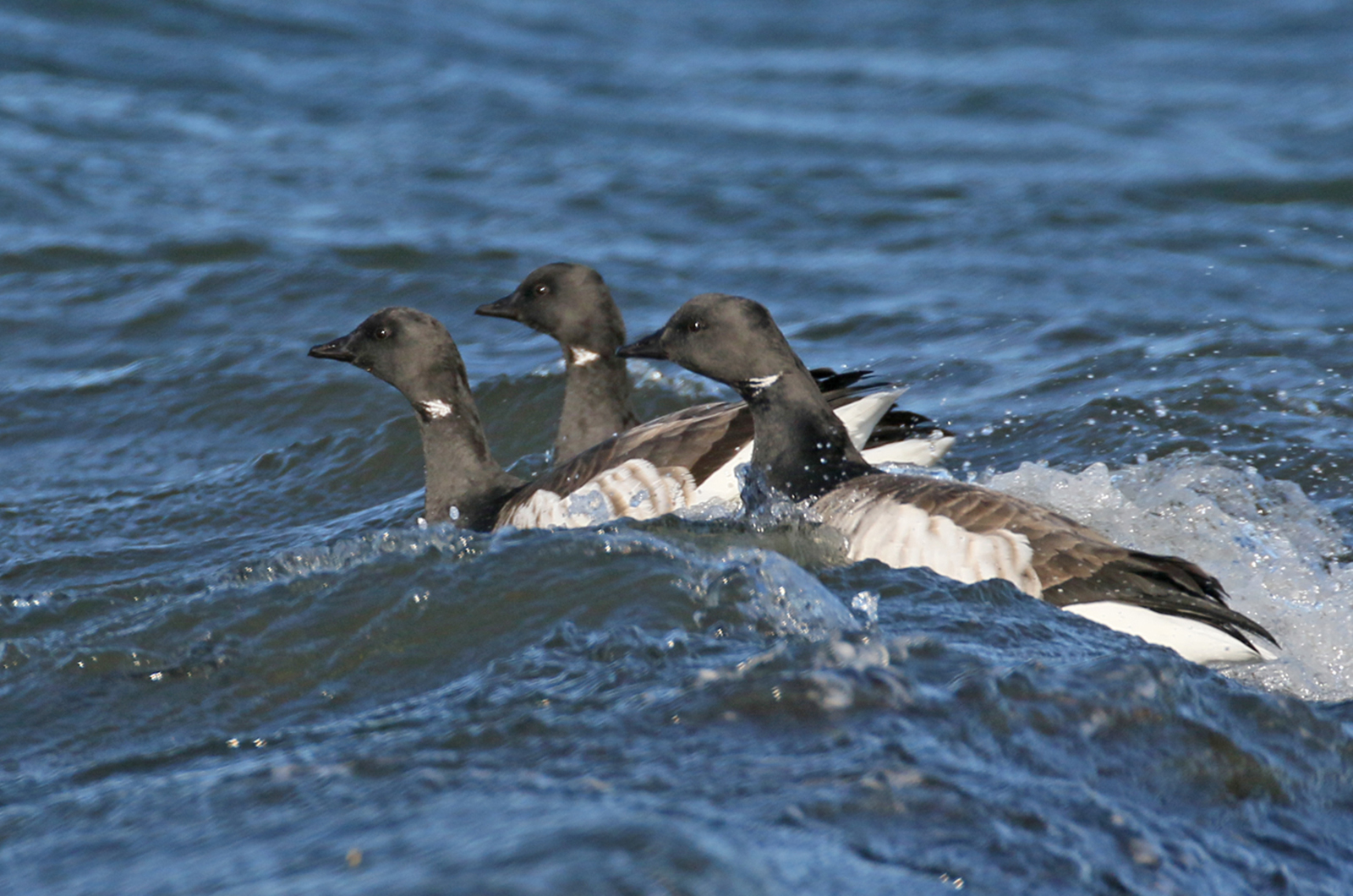Here come the winter finches! These species nest way up north in Canada’s boreal forests and they only irrupt southward when their winter food supplies are scarce. They are purple finch, pine siskin and red-breasted nuthatch.
Matt Pelikan spotted the first purple finch — a close relative of the much more common house finch — of the season on Oct. 22 in his Oak Bluffs yard. He suggests that this species may have been less common in recent years. Based on their plentiful food supplies up north, we are not likely to see very many of them.
Pine siskins are somewhat similar to American goldfinches and house finches. Cynthia Bloomquist, Thaw Malin, Bob Shriber and Nancy Nordin spotted a pine siskin at Pilot’s Landing on Oct. 11, while Cynthia, Thaw and Nancy added one at the right fork parking lot at South Beach on Oct. 16. Chris Scott found two at Long Point on Oct. 18. A moderate to strong southward flight of siskins is predicted for this winter.
The third species listed here, the red-breasted nuthatch, is a sometimes breeder on the Island and a year-round resident in much of New England. So, the birds we see now may not be from the northern boreal forests.
We have had seven reports of red-breasted nuthatches this month. Nancy Nordin saw one at the Gay Head Cliffs and Thaw Malin spotted one at the Chilmark Tavern, both on Oct. 2; Linda Jackson reported one from Meshacket Road in Edgartown on Oct. 4; Walt Looney located one at Sheriff’s Meadow Sanctuary on Oct. 11; Chris Scott found two at Long Point on Oct. 16; Clark Johnson and Brewer B. watched two at Felix Neck on Oct. 17; and Matt Pelikan observed two at the state forest headquarters on Oct. 22.
American pipits are often found in pastures and other agricultural settings and have shown up across the Island. Francesca Zeta saw two at Pond View Farm on Oct. 15; Chris Scott observed one at Long Point on Oct. 18; Lisa Maxfield found one at the Gay Head Cliffs — everything shows up there — on Oct. 21; and Matt Pelikan located a flock of seven at Thimble Farm and two others at Katama Farm, both on Oct. 22.
My favorite goose is the Atlantic brant. It has shown up and will be present regularly at Owen Park throughout the winter. They are the smaller cousin of the Canada goose. The first report of the year is from Charles Ritter, who found one of them in Ocean Park on Oct. 17. On Oct. 22 Matt Pelikan spotted 11 near the jetty across from Waban Park. That same day Jacob Llodra observed a dozen in Ocean Park.
The last new species of the week is a ruddy duck, which was reported by Matt Pelikan on Oct. 16 at Crystal Lake. Larger numbers of them will likely be in Squibnocket Pond this winter.
A few fish crows are year-round residents, mostly centered in downtown Oak Bluffs. I saw three in Ocean Park on Oct. 2. Matt Born spotted three along Clay Pit Road in Aquinnah on Oct. 16. We also have a winter resident population that tends to be located around Vineyard Haven harbor. I spotted the first of that flock — 25 of them — along Beach Road near Tisbury Marketplace on Oct. 17, and again at Five Corners on Oct. 22.
We will soon also have commuter crows that forage on the Cape but cross the Vineyard Sound twice per day to spend their nights on the Island.
You ask how long some of our summer residents will continue to hang around. I am specifically thinking of osprey, semipalmated plovers, eastern phoebes, eastern meadowlarks and Baltimore orioles, all species that do not spend their winters here. How much longer will these iconic birds stay around?
Matt Pelikan found one osprey at Dogfish Bar on Oct. 14, Francesca Zeta saw one at Pond View Farm on Oct. 15, Chris Scott observed one at Long Point on Oct. 16 and David Stanwood saw one at Cedar Tree Neck on Oct. 17. Thaw Malin and Cynthia Bloomquist spotted an American kestrel at the Gay Head Cliffs on Oct. 21.
Clark Johnson and Brewer B spotted three semipalmated plovers at Felix Neck on Oct. 17, and Jacob LLodra found three on Oct. 21 at Little Beach.
Lanny McDowell has the most recent sighting of the lingering Hudsonian godwit at Little Beach on Oct. 17. Cynthia Bloomquist, Thaw Malin, and Nancy Nordin each discovered another one on Norton Point on Oct. 16.
There have been two recent reports of a phoebe. John Banks observed one at Waterview Farm on Oct. 16 and Clark Johnson and Brewer B found one at Felix Neck on Oct. 17.
So far there have been three Baltimore oriole sightings in October: Al Sgroi saw one at Sheriff’s Meadow Sanctuary on Oct. 12, Matt Pelikan found one near Dogfish Bar on Oct. 14 and Nancy Nordin spotted one at the Gay Head Cliffs on Oct. 20.
There have been five meadowlark sightings this month. Charles Morano discovered three at Long Point on Oct. 14 while Shea Fee spotted only one at Long Point on Oct. 18. Matt Pelikan saw one at Dogfish Bar on Oct. 14 and another along Garden Cove Road in Edgartown on Oct. 22.
Finally, a quick note about the slowing migration of warblers. Most of the warblers seen now are pine, palm, or yellow-rumped warblers, with the latter being the most abundant by far. The only other warbler reported this week is Nancy Nordin’s Oct. 19 sighting of a Nashville warbler at the Gay Head Cliffs. The day before, Tracy Winn found a blue-headed vireo near Dogfish Bar.
Please email your sightings to birds@vineyardgazette.com.
Robert Culbert is an ecological consultant with Nature Watch LLC, living in Vineyard Haven.








Comments
Comment policy »